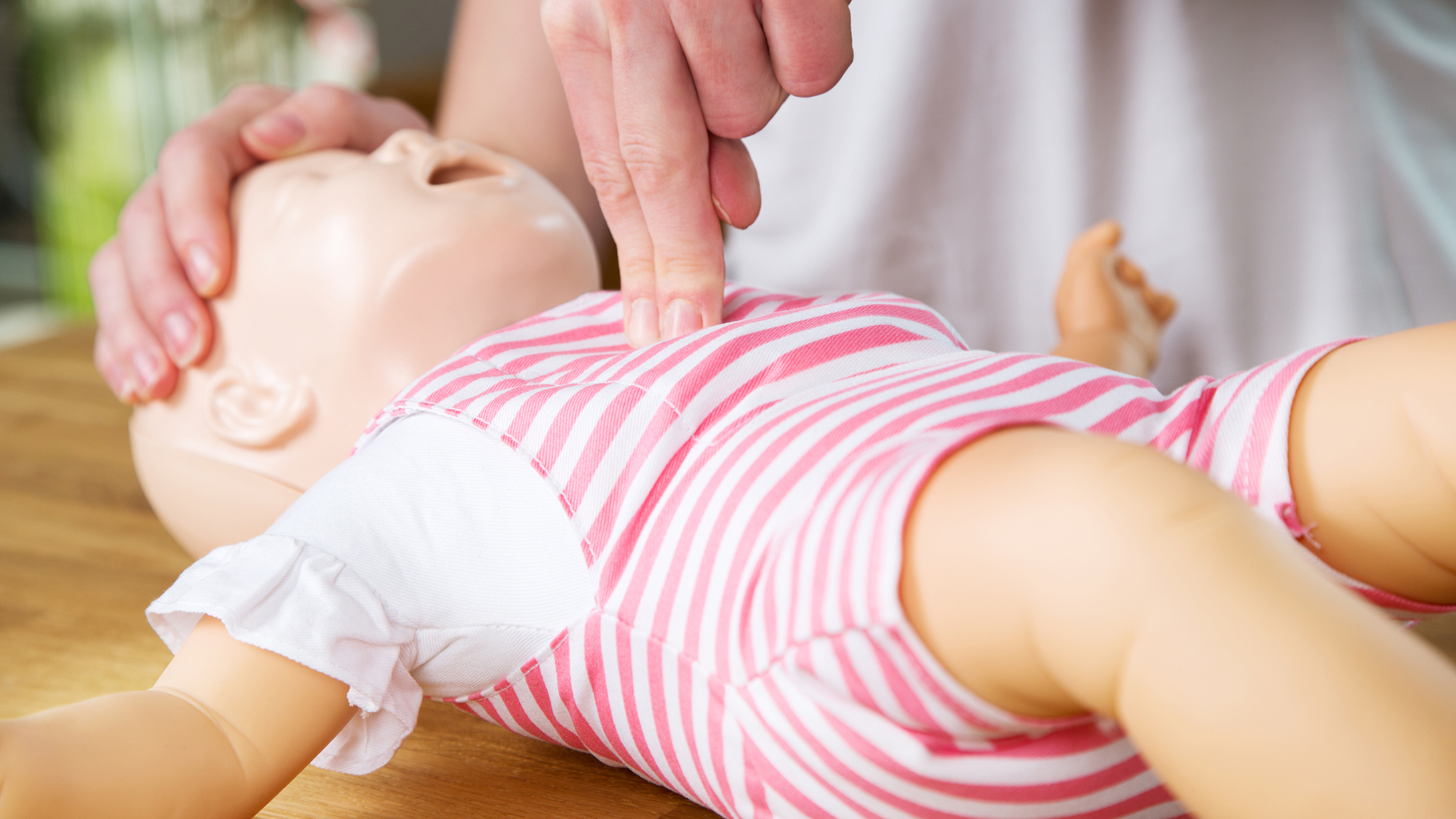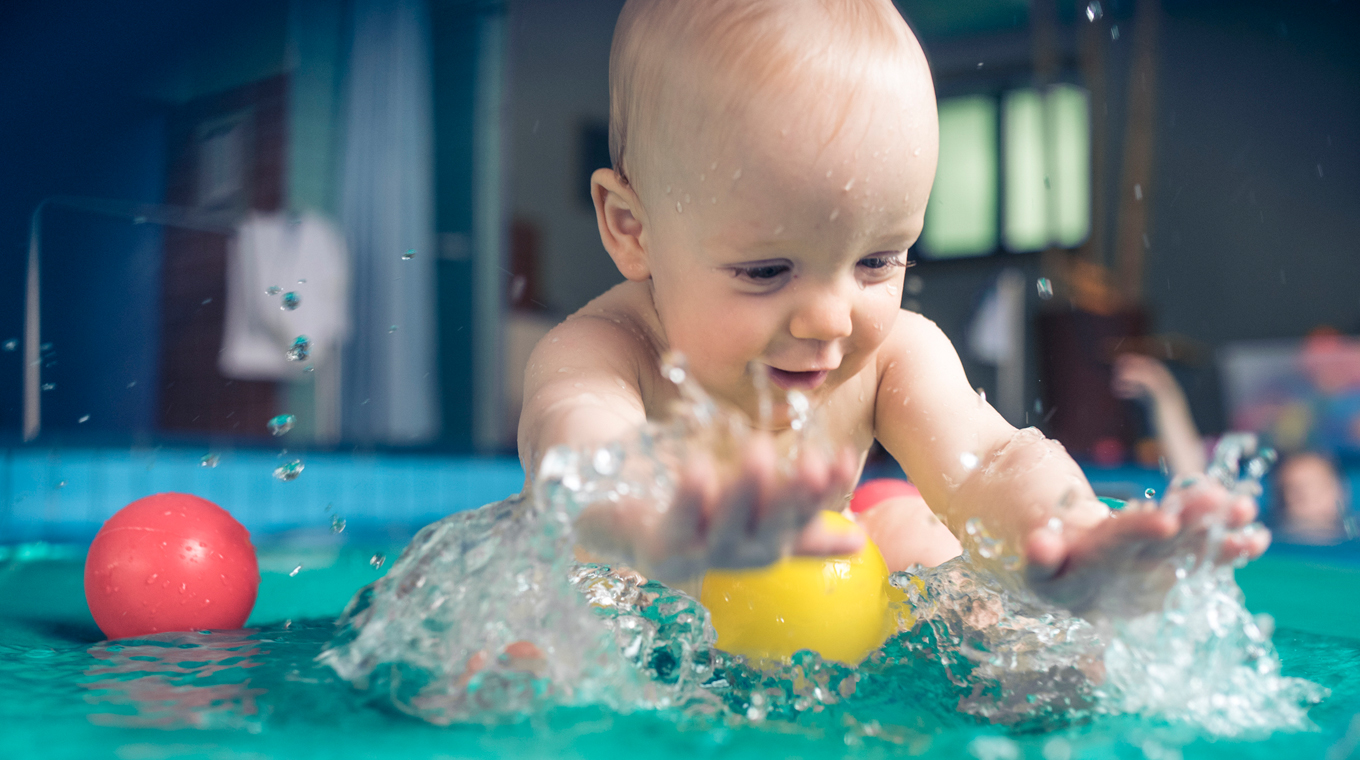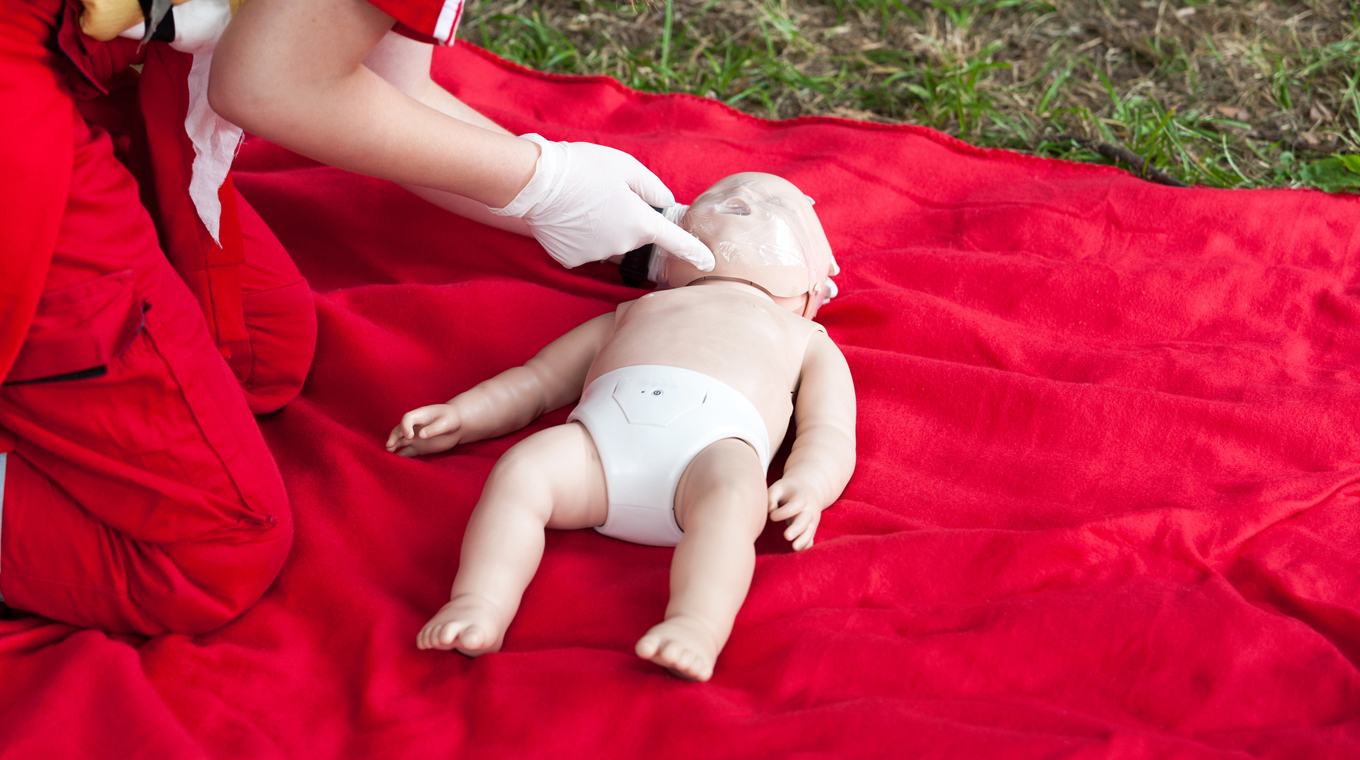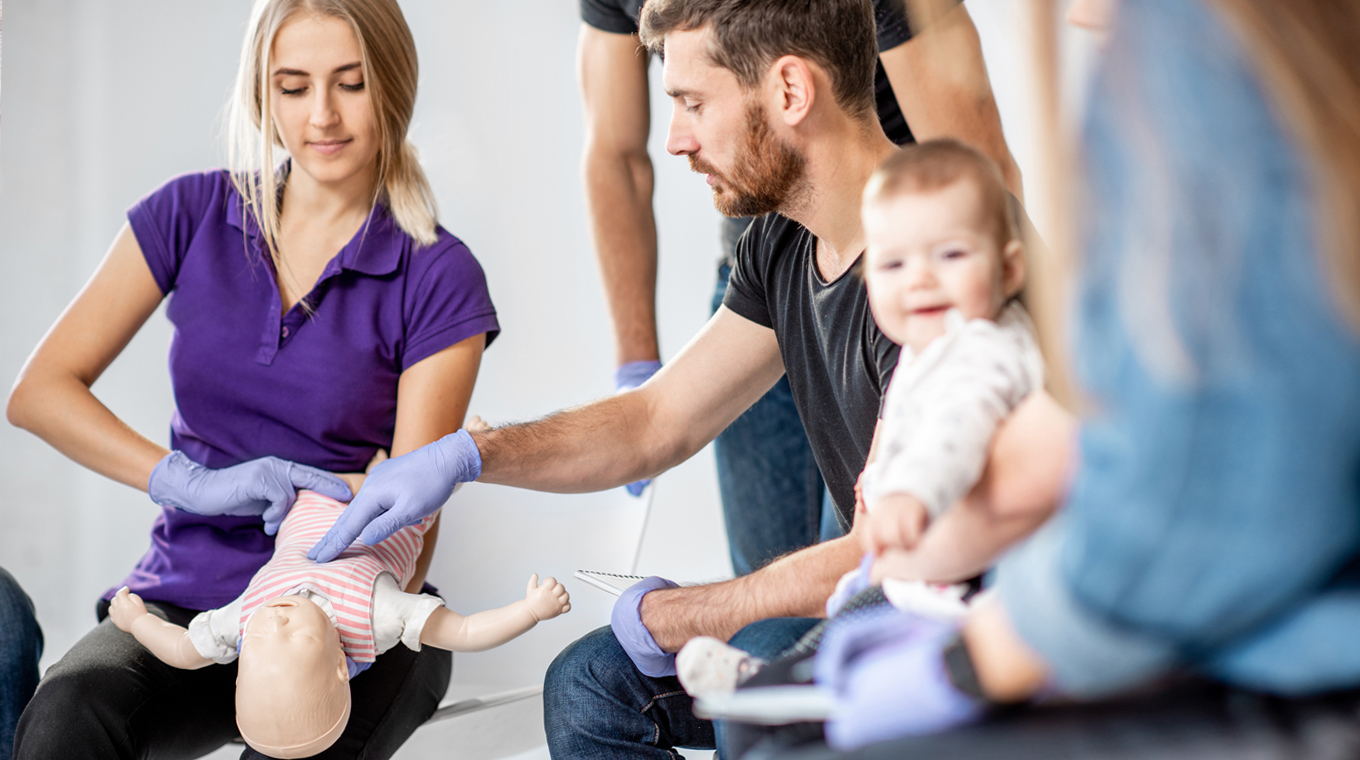
In this article
Nothing can be scarier for a parent than having a situation where your child stops breathing. This could be a summer drowning incident or a SIDS situation. Regardless of why, you’ll want to make sure you are prepared to do what you can to help your baby survive. This is why every parent should know toddler and infant CPR.
You don’t have a lot of time to react when you have an emergency like this. So you’ll want to practice the steps so that you are confident that you can do what is needed to save your child. Always remember that before you start any life-saving technique, you should call 911 first so that expert help is on the way sooner than later.
When to do CPR

Perform CPR when someone is not breathing or their heart is not beating. Common causes of emergency situations in infants include drowning scenarios, choking incidents, and SIDS. It can also be due to an allergic response such as a bee sting or food allergy.
According to the American Heart Association, CPR is designed to “keep the blood flow active,” while you wait for trained medical staff to arrive. By moving blood through the body, you are moving oxygen through the body.
What are the steps of CPR for infants?

When performing any first aid to someone in need, follow the safety protocol to keep yourself safe while helping. This means you should check the scene around the victim to make sure it is safe for you to perform CPR. If it isn’t, remove the child to a safe location before starting.
There are six steps in the CPR process:
1. Check the scene. As a reminder, make sure you aren’t somewhere that you are placed in danger while aiding your child.
2. Call 911. Give the dispatcher as much information as possible including the location, what has happened, and any details you can offer. Advise the dispatcher that you will be starting CPR. Put the phone on speaker and lay it down so that you can stay in contact with the dispatcher while doing CPR.
3. Open the infant’s airway. Do this by laying the infant on his back and then tilt the head slightly back, lifting the chin. Imagine their airway creating a straight line from their throat down along their spine.
4. Listen and feel for breathing. Place your ear next to the child’s mouth with your hand on their chest. You are looking for signs of breathing that include the chest rising and falling, sounds of air passing through, or the feeling of breath on your ear.
5. Give two rescue breaths. Place your mouth over the mouth and nose of the child. Give two breaths. These should not be full adult breaths, but instead puffs to fill the tiny lungs as you watch the chest rise.
6. Give 30 chest compressions. Place two fingers on the sternum of the baby in line with their nipples. Press down approximately 1 ½ inches deep. Compressions should be quick, mimicking a heartbeat. Some people hum the song “Staying Alive” or “Baby Shark” to keep the right beat.
Cardiologist Sonia Tolani told NPR that keeping the right tempo is key to performing compressions correctly. “The main thing about CPR is maintaining high quality, fast compressions,” she said. “so you don’t want to lose steam.”
7. Repeat steps five and six until the baby starts breathing (usually starting with crying) or first responders arrive.
CPR classes: For infants and toddlers

Many parents take CPR classes when they are pregnant or shortly after giving birth. Others intend to but just can’t find the time with the new demands of a baby in the household.
While taking a pre-birth CPR class is great, make sure to retake classes every two years. Not only will this make sure you are up-to-date on the latest techniques, but it will also give you a chance to practice on mannequins so that you build the muscle memory needed to perform CPR properly. Like any skill, the more you practice it, the easier it is to perform under pressure.
Many local hospitals run classes for parents on how to do infant CPR. You can also check specialized schools where CPR and first aid are taught. These are often certified through the American Red Cross or American Heart Association. Look for these to make sure you are learning the right techniques. Taylor Graber, M.D. told Mom.com that these courses are often “four hours taught in a formal setting.” In the class, you get background on what can lead to breathing and heart distress scenarios as well as practicing the technique on mannequins.




